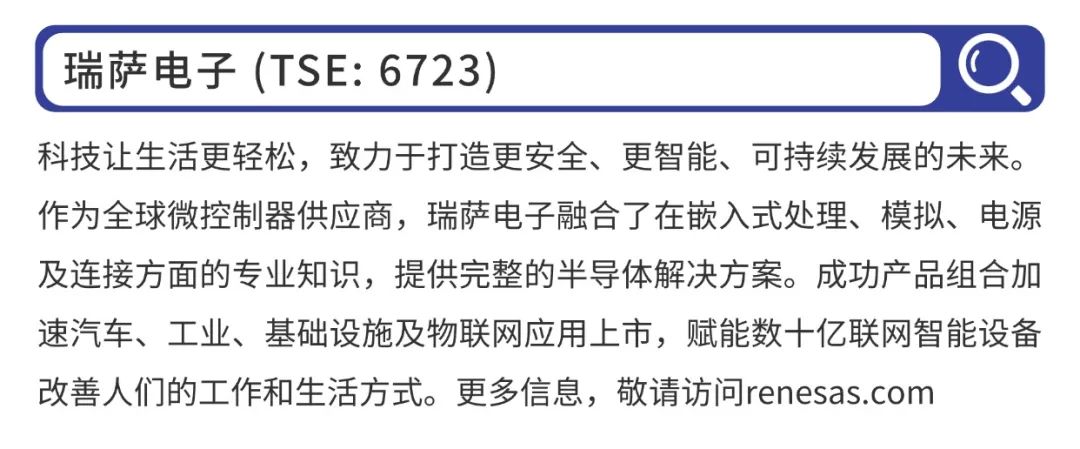 Each Cortex-M core integrates a SysTick module, as this module is an essential (timer) function for microcontroller projects.Whether it is the latest Cortex-M85 core or the classic Cortex-M3 microcontroller, the SysTick module is integrated.
Each Cortex-M core integrates a SysTick module, as this module is an essential (timer) function for microcontroller projects.Whether it is the latest Cortex-M85 core or the classic Cortex-M3 microcontroller, the SysTick module is integrated.
cm3.h and cm85.h
Microcontroller developers are most familiar with the core_cm3.h (core_cm85.h) files, which define most of the content related to the core, and the interfaces we call most often are also from here.Let’s compare these two source files: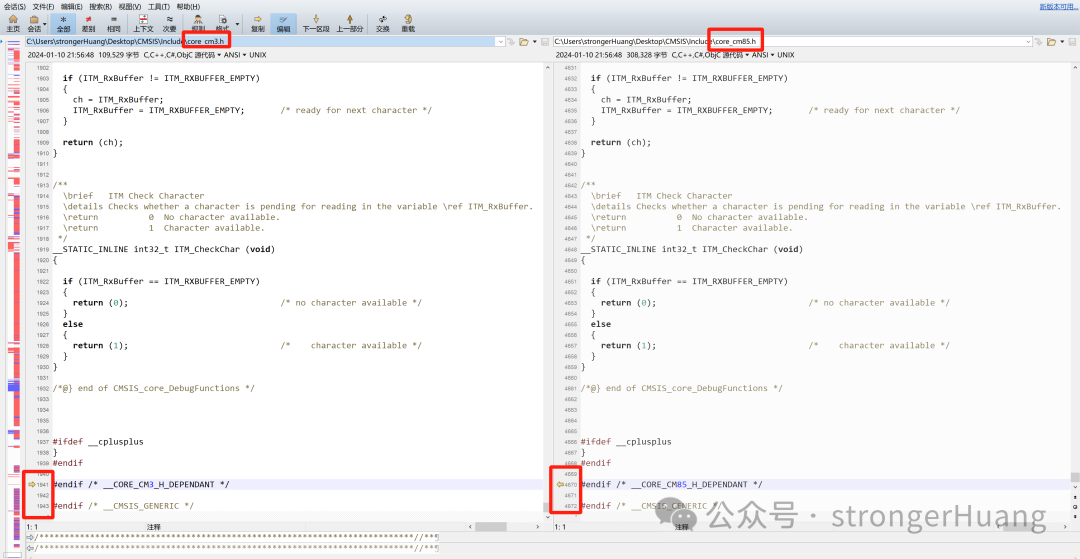
By comparing the source code, you will intuitively find that cm85 has significantly more lines of code than cm3, with 1943 lines and 4672 lines respectively. Of course, with so many more lines, the left side has more red (differences).
Although there are more “red” sections on the left, most of them are just additional lines and macro definitions. Upon closer comparison, many are actually the same, such as the commonly used system reset function:
__NO_RETURN __STATIC_INLINE void __NVIC_SystemReset(void){ __DSB(); /* Ensure all outstanding memory accesses included buffered write are completed before reset */ SCB->AIRCR = (uint32_t)((0x5FAUL << SCB_AIRCR_VECTKEY_Pos) | (SCB->AIRCR & SCB_AIRCR_PRIGROUP_Msk) | SCB_AIRCR_SYSRESETREQ_Msk ); /* Keep priority group unchanged */ __DSB(); /* Ensure completion of memory access */ for(;;) /* wait until reset */ { __NOP(); }For example, the system Tick configuration function:

__STATIC_INLINE uint32_t SysTick_Config(uint32_t ticks){ if ((ticks - 1UL) > SysTick_LOAD_RELOAD_Msk) { return (1UL); /* Reload value impossible */ } SysTick->LOAD = (uint32_t)(ticks - 1UL); /* set reload register */ NVIC_SetPriority (SysTick_IRQn, (1UL << __NVIC_PRIO_BITS) - 1UL); /* set Priority for Systick Interrupt */ SysTick->VAL = 0UL; /* Load the SysTick Counter Value */ SysTick->CTRL = SysTick_CTRL_CLKSOURCE_Msk | SysTick_CTRL_TICKINT_Msk | SysTick_CTRL_ENABLE_Msk; /* Enable SysTick IRQ and SysTick Timer */ return (0UL); /* Function successful */}In fact, you will find that the commonly used function interfaces on the Cortex-M3 microcontroller are basically the same as those on the CM85, which also indicates that CM85 is mostly backward compatible with CM3.
Description of SysTick Usage in RA8 Microcontroller
Here, I will explain the usage of SysTick and describe its source code in conjunction with the Renesas RA8D1 (Cortex-M85 core) microcontroller.
Using e2 studio and FSP software package
The software package provided by the tool is actually the most practical. Here, I will take IO toggling and SysTick delay as an example to guide you step by step in creating a project and demonstrating the effect.
1
Open e2 studio to create a microcontroller project
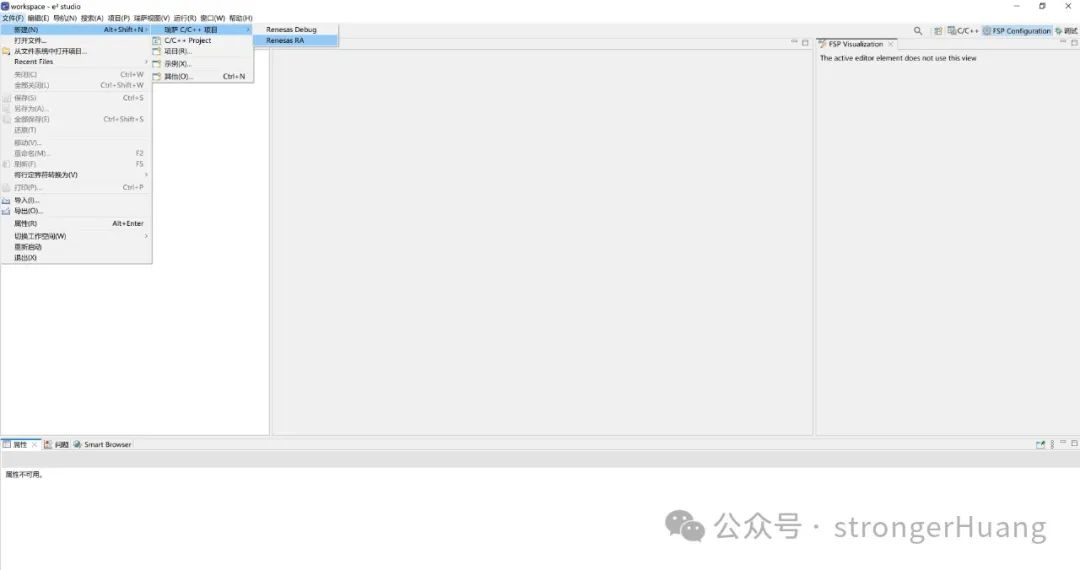
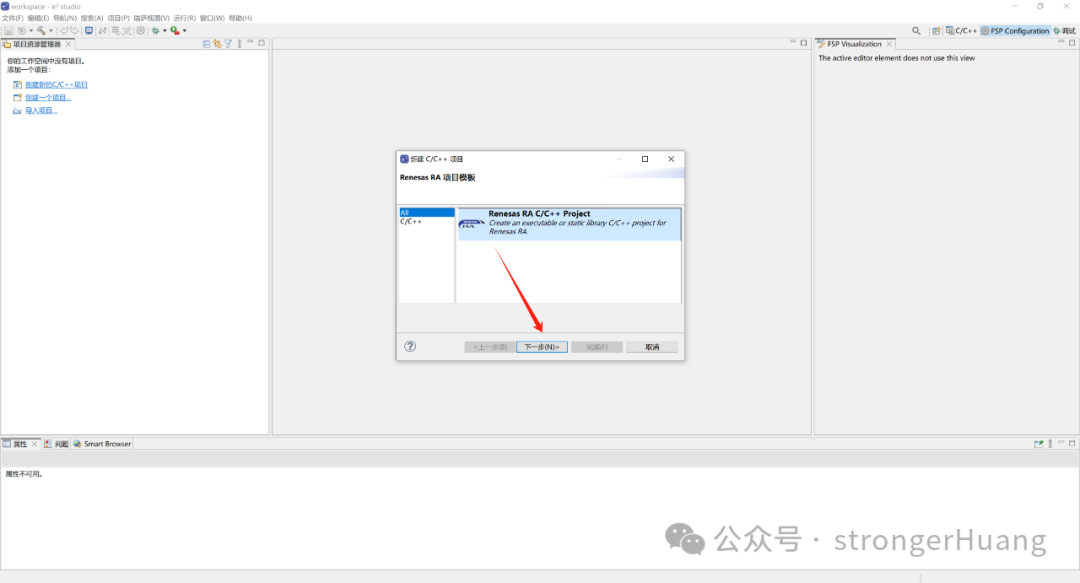 We named the project: RA8D1_SysTick
We named the project: RA8D1_SysTick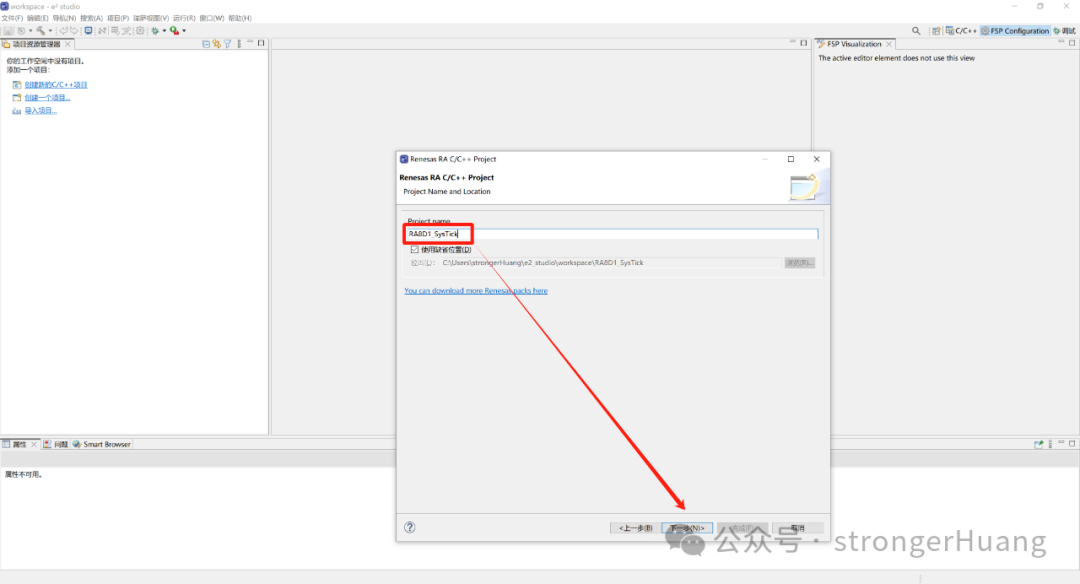 Select the corresponding chip model: R7FA8D1BEC
Select the corresponding chip model: R7FA8D1BEC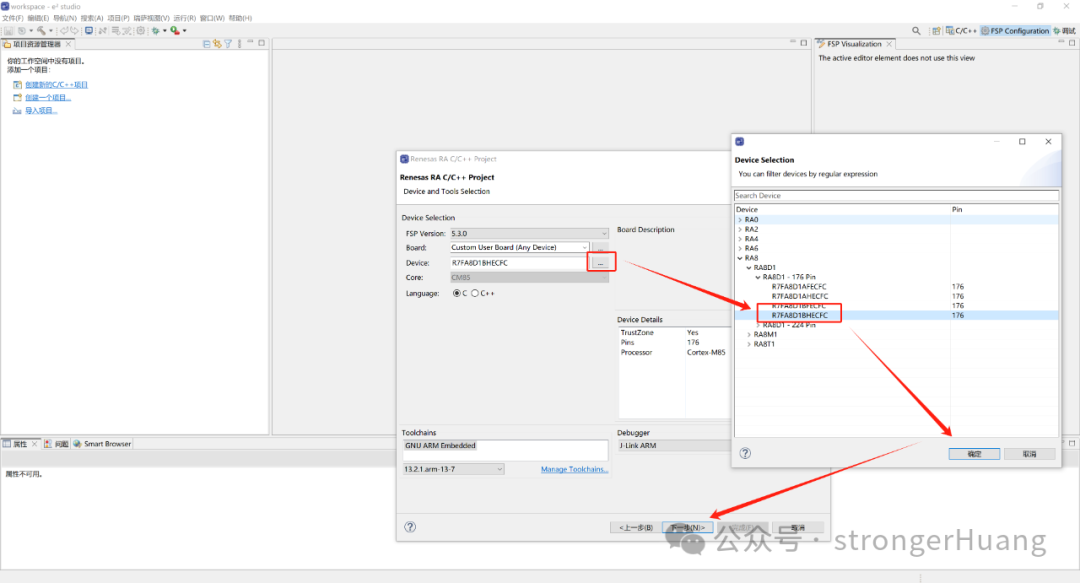
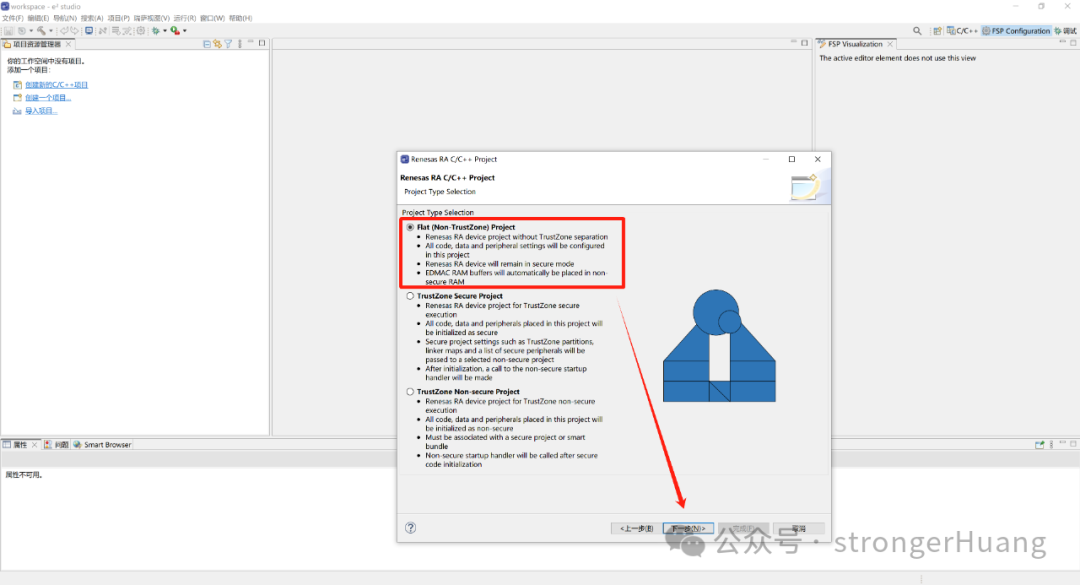
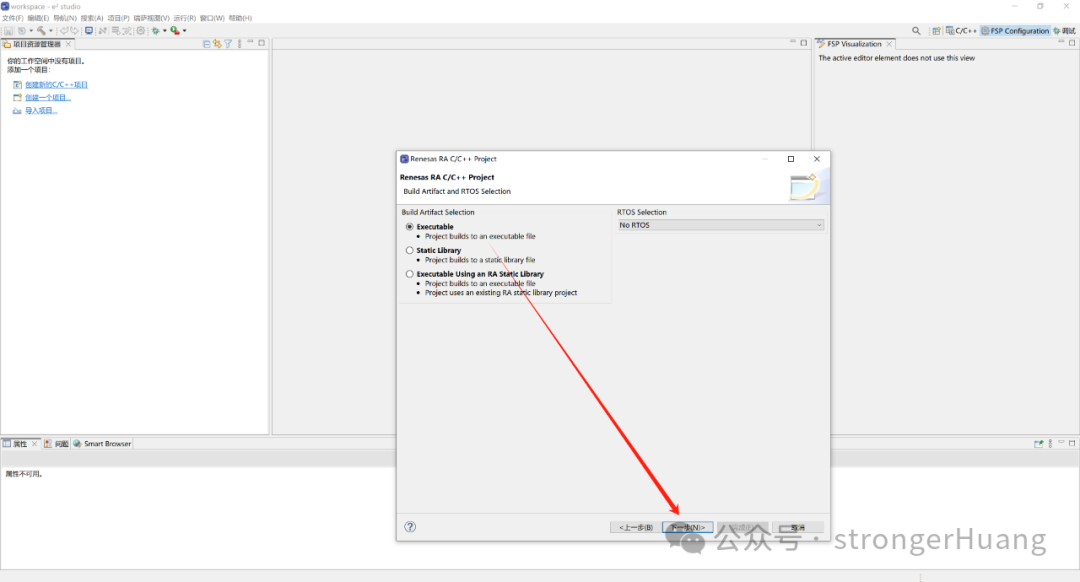
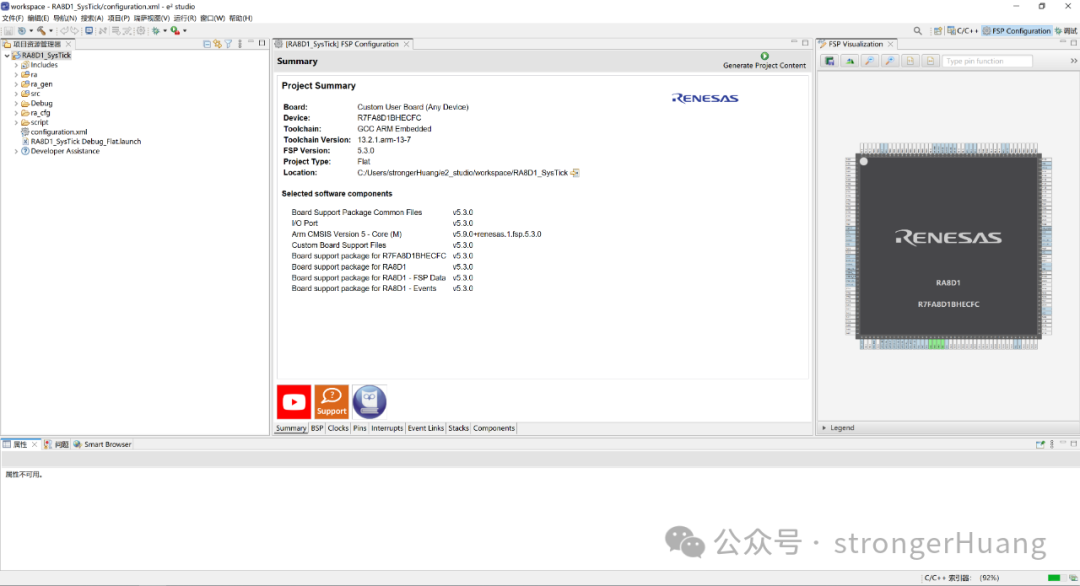

Basically, you just need to click a few buttons, and a complete project will be created.
2
Configure the project
Here, we configure some basic information, using an IO (PA01) to test the SysTick delay time.
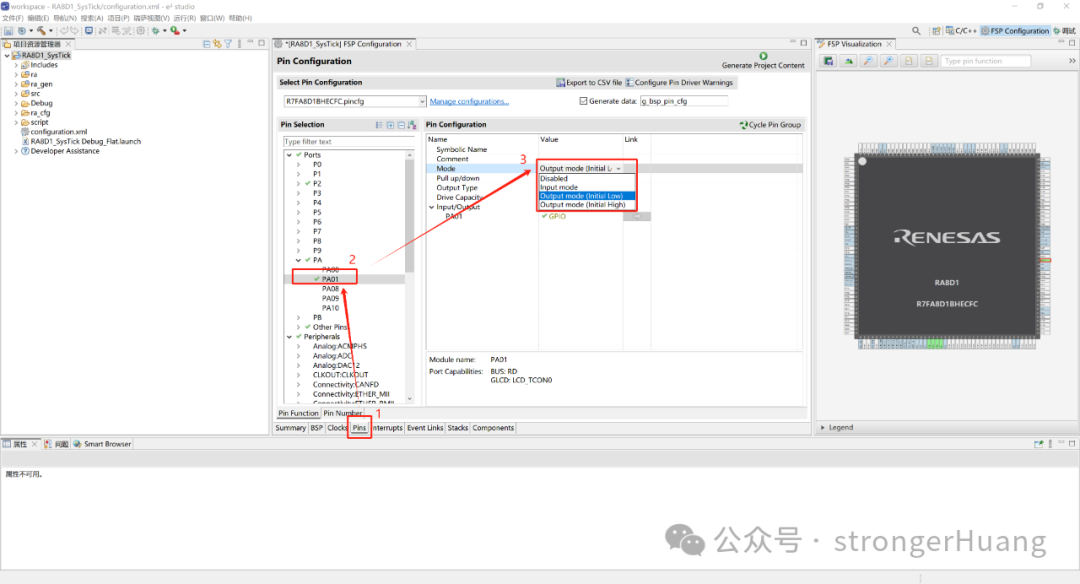
Configure the clock tree:
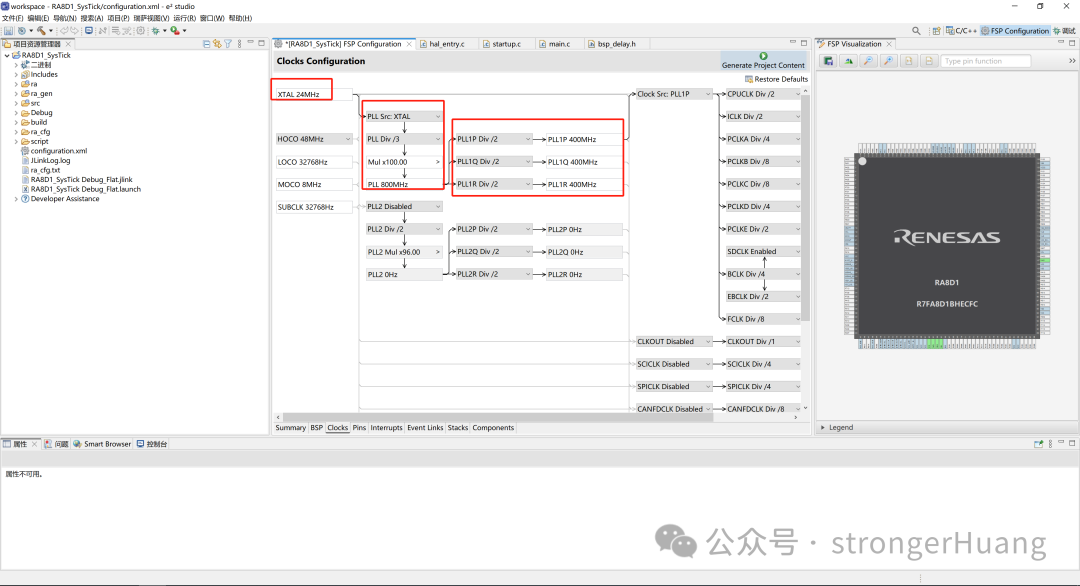 Configure the output Hex file:
Configure the output Hex file: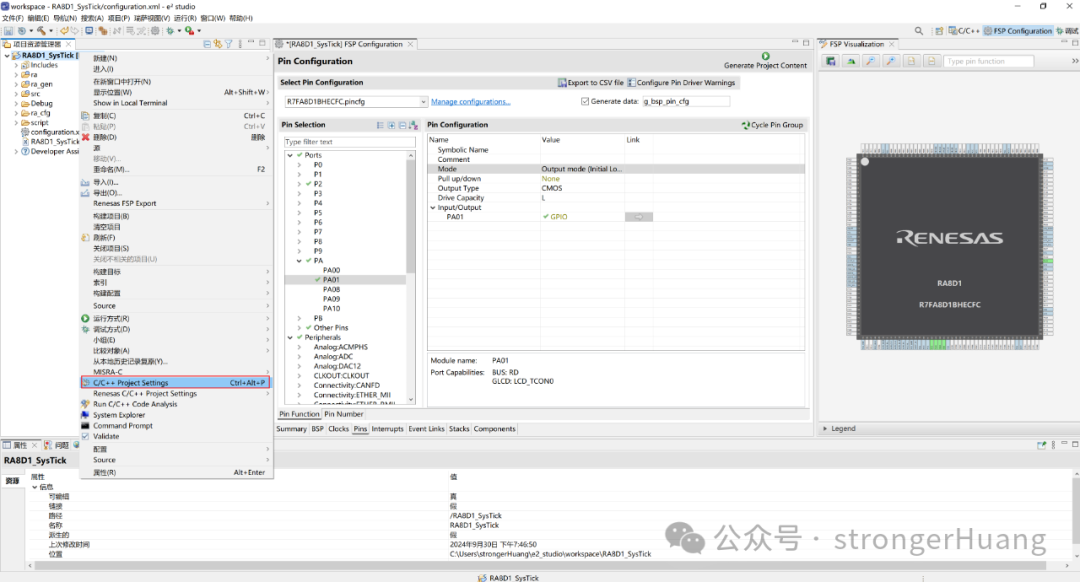
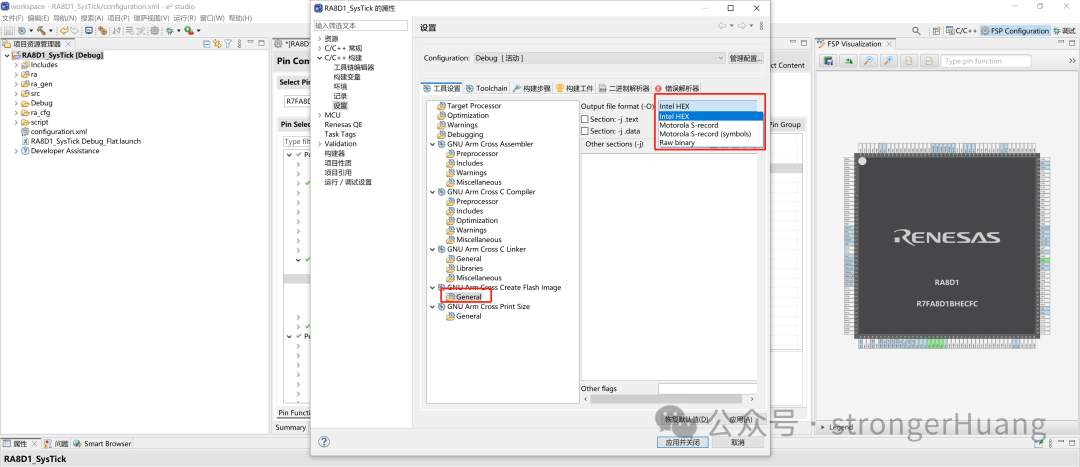
3
Demonstration
This is just a simple demo. We add an IO toggle to test the SysTick delay time.
while(1){ R_PORT10->PODR ^= 1<<(BSP_IO_PORT_10_PIN_01 & 0xFF); //PA01 toggle R_BSP_SoftwareDelay(1, BSP_DELAY_UNITS_MILLISECONDS); //SysTick delay}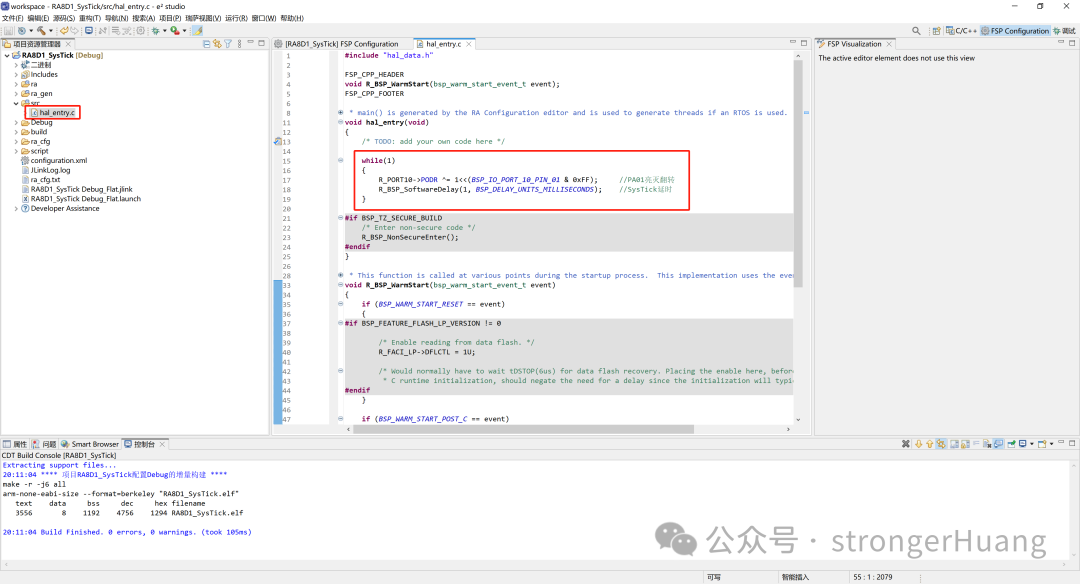 This is a 1ms toggle, and the SysTick delay error is relatively small, which can be ignored compared to 1ms (sampling frequency 100KHz shows no error).
This is a 1ms toggle, and the SysTick delay error is relatively small, which can be ignored compared to 1ms (sampling frequency 100KHz shows no error).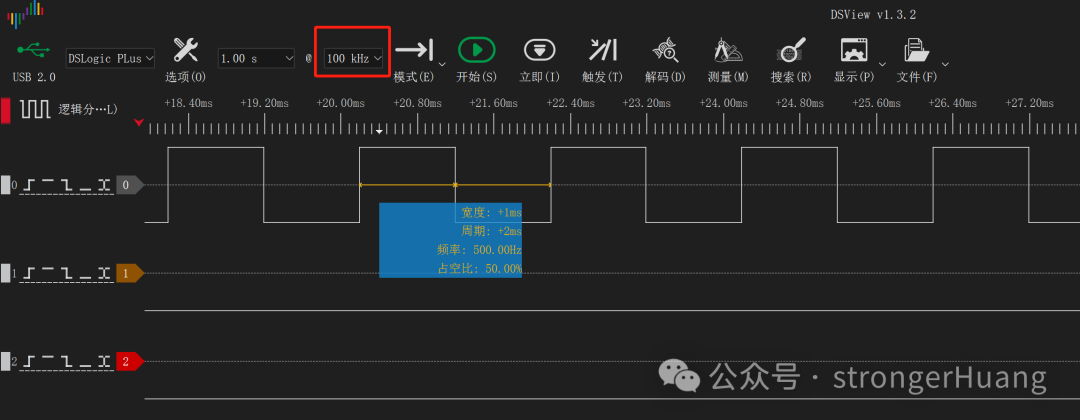 With a sampling frequency of 100MHz, some error can still be observed. Of course, this error is influenced by various factors such as the crystal oscillator and software. Additionally, us-level errors can be ignored compared to ms.
With a sampling frequency of 100MHz, some error can still be observed. Of course, this error is influenced by various factors such as the crystal oscillator and software. Additionally, us-level errors can be ignored compared to ms.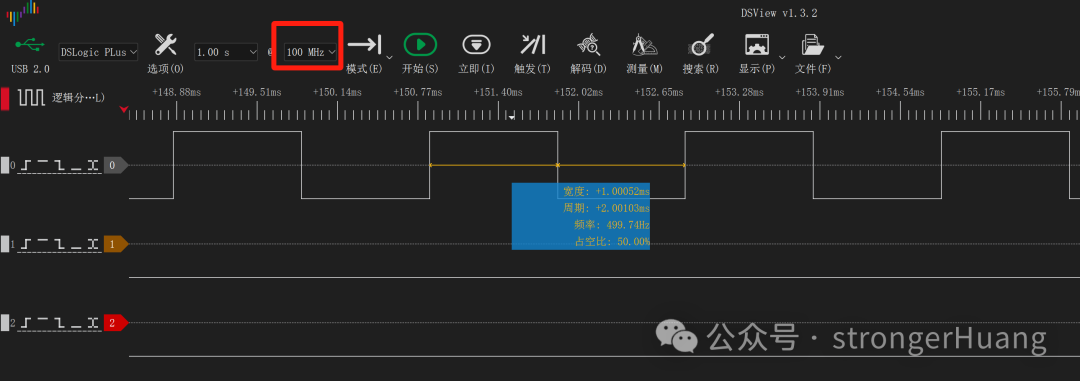
If we change to a 1us toggle, the error becomes relatively more noticeable.
4
Source Code Description
Experienced engineers should be able to understand this. Here, I will briefly explain for beginners.
R_PORT10->PODR ^= 1<<(BSP_IO_PORT_10_PIN_01 & 0xFF);To reduce software-induced errors, we directly manipulate the register for IO toggling.
R_BSP_SoftwareDelay(1, BSP_DELAY_UNITS_MILLISECONDS);R_BSP_SoftwareDelay: A blocking delay function, which is a built-in function interface of the FSP software package.BSP_DELAY_UNITS_MILLISECONDS: Macro definition for delay units (milliseconds).The system defines three macros:
typedef enum{ BSP_DELAY_UNITS_SECONDS = 1000000, ///< Requested delay amount is in seconds BSP_DELAY_UNITS_MILLISECONDS = 1000, ///< Requested delay amount is in milliseconds BSP_DELAY_UNITS_MICROSECONDS = 1 ///< Requested delay amount is in microseconds} bsp_delay_units_t;R_BSP_SoftwareDelay: This actually utilizes SysTick for delay.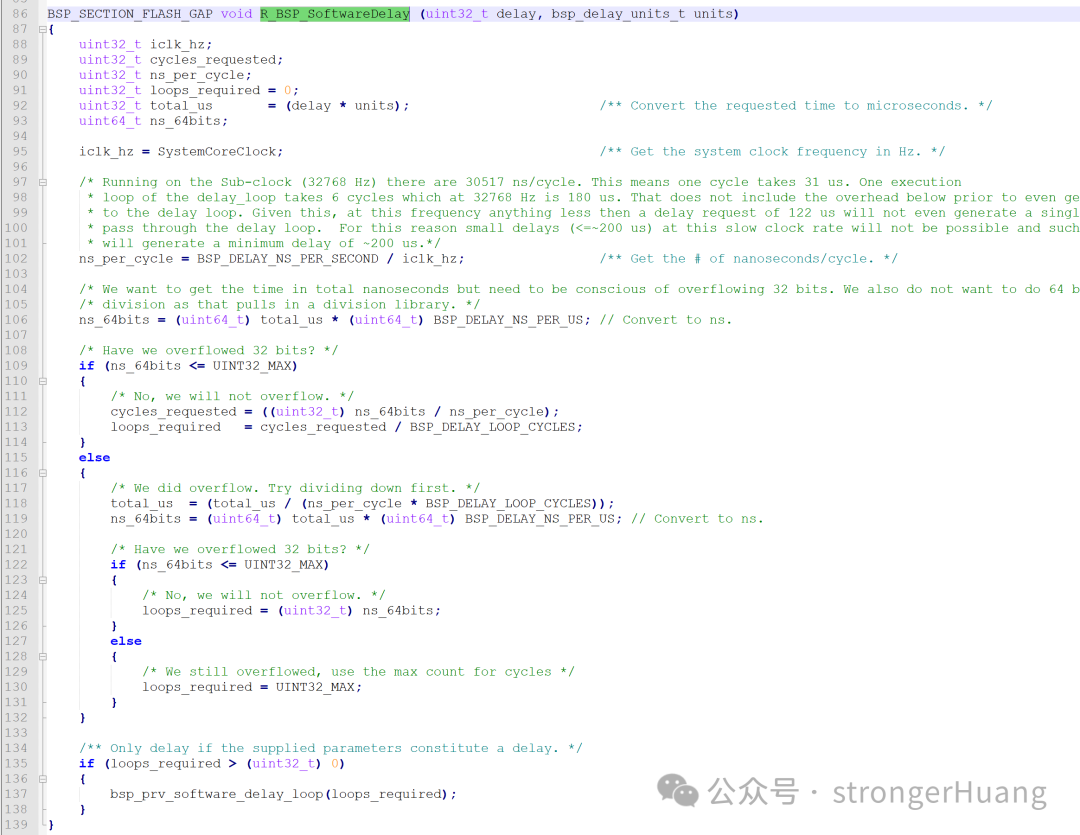 By analyzing the source code, you will find that the SysTick of the Cortex-M85 core is backward compatible with that of the Cortex-M3, and the commonly used interfaces are the same.Finally, the SysTick of the microcontroller core is quite simple. I hope this description helps you understand SysTick better.
By analyzing the source code, you will find that the SysTick of the Cortex-M85 core is backward compatible with that of the Cortex-M3, and the commonly used interfaces are the same.Finally, the SysTick of the microcontroller core is quite simple. I hope this description helps you understand SysTick better.
1
END
1
To be continued
Recommended Reading

Renesas RA8 Series Tutorial | Setting up the Renesas RA8 Development Environment and Lighting Up an LED

Renesas RA8 Series Tutorial | Serial Output Configuration Based on e2s

Renesas RA8 Series Tutorial | Introduction to the RA8 Series Microcontrollers
